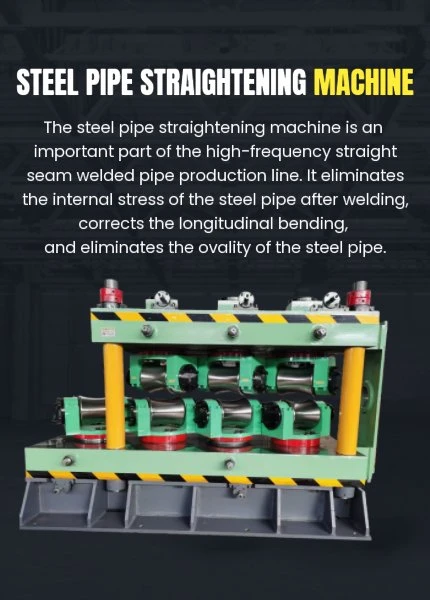sheet metal brake and shear
Understanding Sheet Metal Brake and Shear Operations
Sheet metal fabrication is a crucial aspect of many industries, including automotive, aerospace, and construction. Two fundamental processes in this domain are bending and cutting, often executed using specialized tools known as sheet metal brakes and shears. This article delves into these two essential operations, providing insights into their functions, types, and applications.
Sheet Metal Brake
A sheet metal brake is a machine designed to bend sheet metal into specific angles and shapes. The primary function of a brake is to enable precise bends in the metal, allowing fabricators to create everything from simple brackets to complex structural components. There are various types of sheet metal brakes, each catering to different bending requirements
1. Mechanical Brakes These are the most basic forms of sheet metal brakes, using a lever mechanism to apply force to the metal. They are often used for manual operations and are suitable for small-scale projects.
2. Hydraulic Brakes More advanced than mechanical brakes, hydraulic brakes use hydraulic power to bend the metal. They offer greater bending force and can handle thicker materials, making them suitable for high-volume production.
3. CNC Brakes Computer Numerical Control (CNC) brakes take precision to the next level by using computer programming to dictate the bending process. This automation allows for complex designs and consistent results, crucial for industries where accuracy is paramount.
The choice of brake often depends on the specific needs of a project, including material type, thickness, and desired bend angle. For instance, a heavy-duty hydraulic brake might be selected for thicker materials, while a mechanical brake could suffice for lighter tasks.
Sheet Metal Shear
sheet metal brake and shear

In contrast to bending, cutting is another vital process in sheet metal fabrication, performed by machines called shears. A sheet metal shear is used to cut straight lines into metal sheets and is essential for preparing material before further processing. Just like brakes, shears come in different types
1. Manual Shears These are handheld tools or simple machines that require physical effort to operate. They are suitable for small pieces or when a limited amount of cutting is needed.
2. Power Shears Available in various configurations, power shears can amplify cutting power, allowing for faster and easier operations. They are typically used in workshops for cutting multiple sheets or thicker materials.
3. CNC Shears Similar to CNC brakes, these shears use computer programming for precision cutting. They enable complex patterns and high-volume production needs to be met with speed and accuracy.
Applications
The combined usage of sheet metal brakes and shears is widespread across different sectors. In automotive manufacturing, for example, these tools are indispensable for producing body panels, frames, and support structures. The aerospace industry relies on precise sheet metal fabrication for components that must meet stringent safety and performance standards. Additionally, the construction sector utilizes brake and shear operations to create HVAC ducts, custom metalwork, and various structural elements.
Conclusion
Understanding the functions and types of sheet metal brakes and shears is essential for anyone involved in metal fabrication. By selecting the right tools and processes, fabricators can achieve high-quality results that meet industry standards. Whether bent or cut, sheet metal components play a vital role in numerous applications, reinforcing their significance in modern manufacturing. As technology advances, we can expect further enhancements in these tools, leading to even greater precision and efficiency in sheet metal operations.
-
High Frequency Straight Seam Welded Pipe Production Line-BzZhou Xinghua Machinery Equipment Manufacturing Co., LTD.|Precision Welding, High EfficiencyNewsJul.30,2025
-
High Frequency Straight Seam Welded Pipe Production Line|BzZhou Xinghua|Precision Welding&EfficiencyNewsJul.30,2025
-
High Frequency Straight Seam Welded Pipe Production Line - BzZhou Xinghua|Precision Engineering&EfficiencyNewsJul.30,2025
-
High-Frequency Straight Seam Welded Pipe Production Line-BzZhou Xinghua Machinery Equipment Manufacturing Co., LTD.NewsJul.30,2025
-
High-Frequency Straight Seam Welded Pipe Production Line-BzZhou Xinghua Machinery Equipment Manufacturing Co., LTD.|Precision Manufacturing, High EfficiencyNewsJul.30,2025
-
High Frequency Straight Seam Welded Pipe Production Line-BzZhou Xinghua Machinery Equipment Manufacturing Co., LTD.|Precision Steel Pipe Manufacturing&Industrial EfficiencyNewsJul.29,2025


